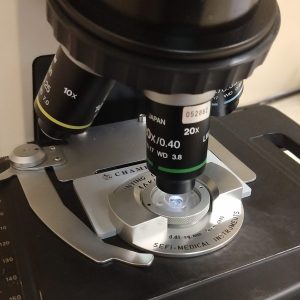Fertility Evaluation
Evaluation
We realize how stressful your fertility journey can be.
We are here to support you the entire way.
When should I see a doctor?
If you are under 35 and haven’t become pregnant after 1 year of unprotected intercourse (6 months if you’re over 35), you may want to think about seeing a specialist. Infertility evaluations are simple and can usually be done in one month.
Please call the office to set up an appointment.

Every patient starts with a detailed medical history and physical exam. Before your first appointment, please fill out the New Patient Packet and bring it to the office with you. The first appointment is a consultation where you and your doctor will have a discussion about your needs and possible pathways.


At your next appointment, the doctor may do some diagnostic tests. These tests help determine the cause of your infertility. A baseline scan and labs (E2, LH, P4, AMH, HIV labs, etc.) are done before you start a cycle. Anti-Müllerian Hormone (AMH) is a test that reflects ovarian reserve. The results of these labs help give the doctor an idea of what treatment options may be best for you.
A follow up appointment will be scheduled with the doctor to go over the results of your labs and discuss your options. At this point, you’ll go over your calendar and sign the consents for your treatment plan.
Interested in setting up an appointment? Click here to contact our office:
Male partners need to be evaluated, too, since male factor contributes to infertility in about 40% of couples. After going through his medical history, we will obtain a semen analysis.
You must have an appointment to get a semen analysis ⎼ please call the office to make your appointment. If you live within 1 hour driving distance of the North office, you may collect the sample at home and bring it to the lab (fill out the Semen Analysis Form and bring it with you). You may collect at our facility if you live farther away. The results of the analysis are generally ready in 1-2 hours.
Interested in setting up an appointment? Click here to contact our office:
Semen Analysis
A semen analysis can tell us a lot about the male partner. The main values that we look at are sperm count, motility, and morphology (the shape of the sperm). Semen analysis is done in our office, and it’s reviewed by our physicians.
Sperm are initially viewed under a microscope using a Makler chamber (shown to the right). The Makler chamber has a grid that allows us to count the sperm.

Sperm Count and Motility: Watch the videos below to see how motile sperm (left) look on the grid, and what the sperm look like after they’ve been immobilized (right). Immobilizing the sperm helps us to get a sperm count and determine what percentage are motile.
Morphology: A specially stained slide shows us which sperm are a normal shape. We count sperm on this slide to determine the percentage that have normal morphology. Watch the video below to see what our morphology slide looks like.
What if I have no sperm?
The complete lack of sperm is called azoospermia. This can be caused by sperm production problems, blockage, or insufficient hormones. If a man has no sperm, a Urologist obtains a complete medical history, FSH, LH, and testosterone levels. In order to get sperm, you may need a PESA or TESE. This is generally combined with an IVF cycle.
